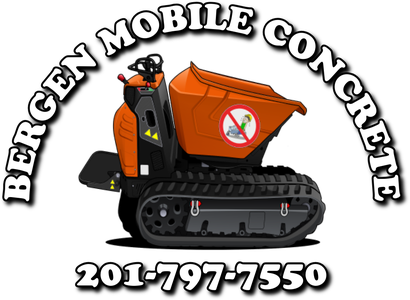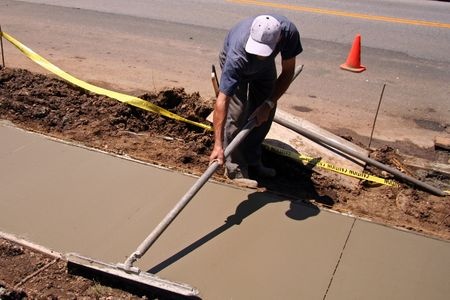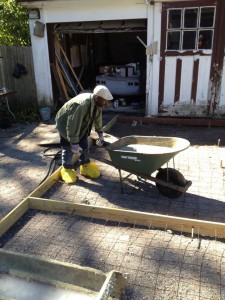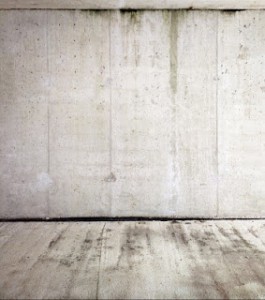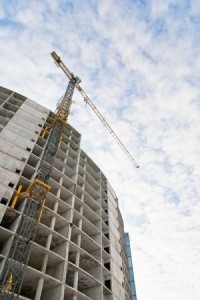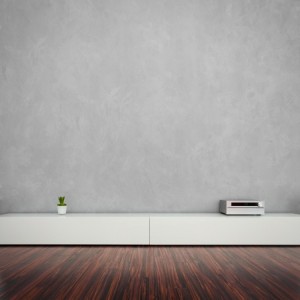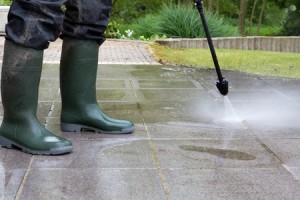All concrete is not made the same.
There are a wide range of different types, strengths and compositions of concrete, based on what the material will be used for. Concrete strength is measured in pounds per square inch or PSI. Normal mixes range from 2,500 to 5,000 PSI, with some specially designed mixes capable of more than 10,000 PSI.
Let’s look, though, at the common range and what different strengths of concrete are used for with help from wikiHow.
2,500 PSI
Used primarily in driveways, walkways and floors slabs, this concrete tends to be the cheapest. It’s used also as fill material and performs satisfactory for these types of projects.
3,000 PSI
Used in general construction, this mix is durable and has good finishing characteristics. It can be placed fairly wet without sacrificing quality.
 3,500 PSI
3,500 PSI
Perfect for areas where significant loading is expected, such as for paving curbs. Other uses include building footings, bond beams, grade beams and floor slabs.
4,000 PSI
This concrete is used for heavy traffic payment and heavy-use floor slabs, like those in shops or warehouses. This mix is made to handle a great deal of weight for a long period of time.
5,000 PSI
Incredibly strong, 5,000 PSI concrete and higher PSI-rated concrete mixes are used for special construction projects where high-impact resistance and low wear rates are expected.
As you can see, concrete comes in many different forms. The final decision comes down to the type of job being done. If you are about to start a job and want to know what concrete you should use, call us at Bergen Mobile Concrete. We have worked with a wide-range of concrete projects and can help you determine the right pressure and mix for the type of project you want to complete. Picking the wrong type of concrete can be detrimental to your project, so make sure you have the right one before you start.
To learn more or to schedule a concrete delivery, call us today at 201-797-7550.
